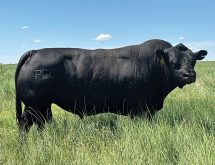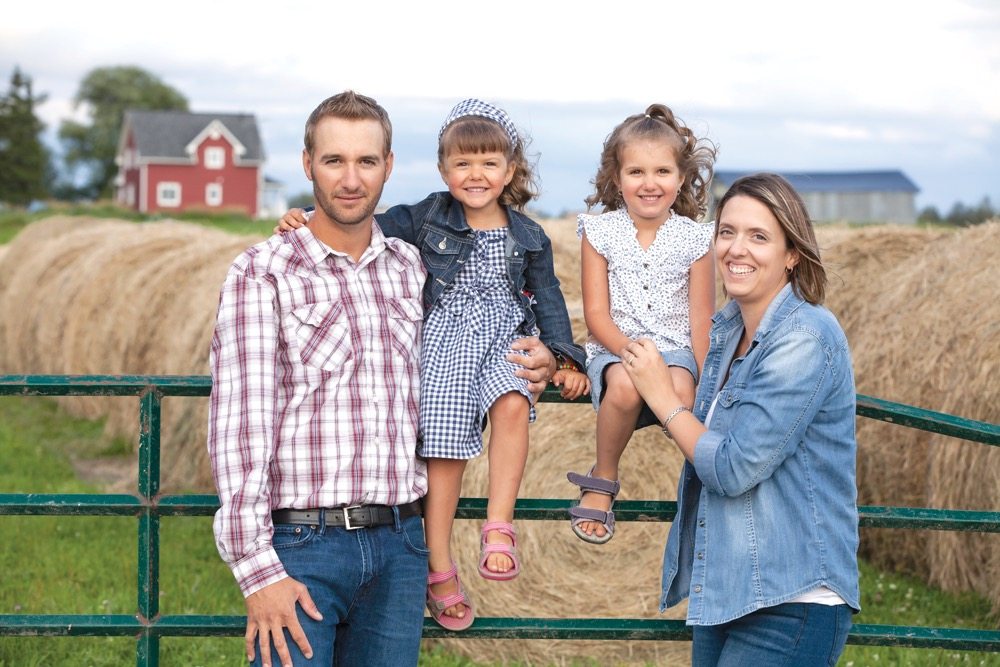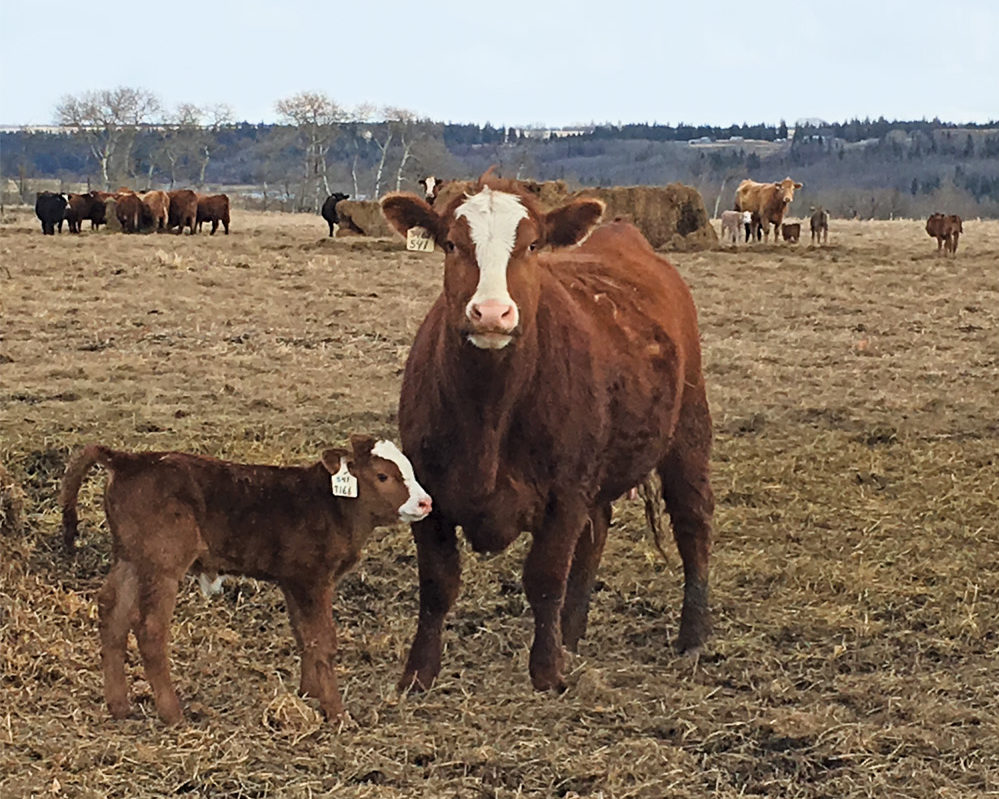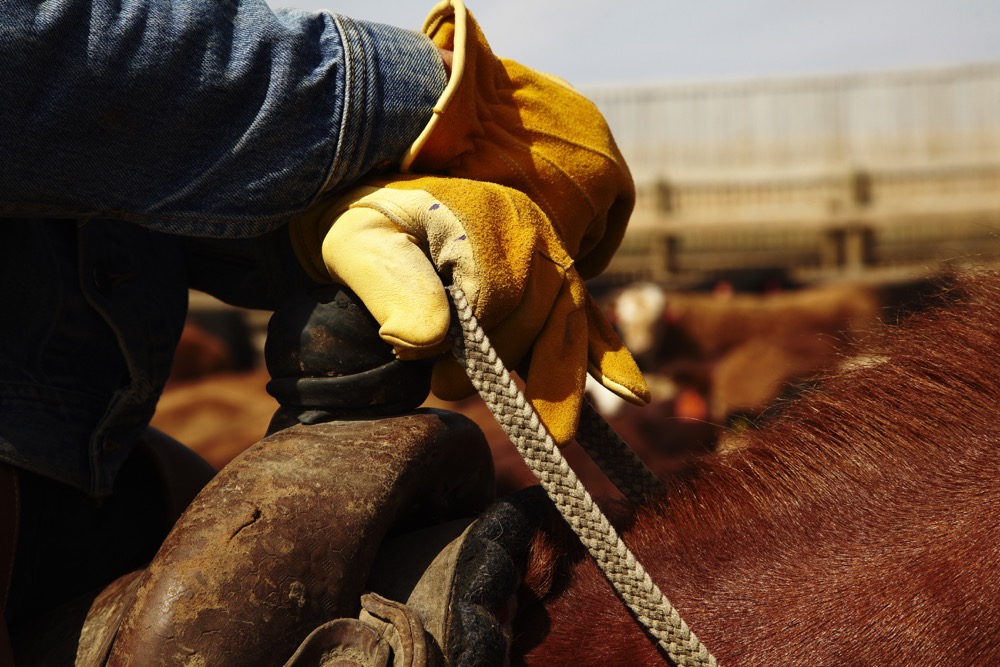There is a tendency in the cow-calf business to put production before profit. I don’t understand this tendency and certainly don’t agree with it. Profit is essential if you want to stay in business. It is important to analyze our individual businesses and structure them for profit. Some of the areas we might analyze are: cow size, time of calving and cow-calf versus cow-long yearling. A business structured for profit in these three areas is likely to produce a profit in the short term and sustainability in the long term.
Read Also

A strategic approach to risk on the ranch
Given the increase in the value of livestock and the market volatility, we need to cover our risks. First,…
The easiest place to see the production tendency is at your local auction market. It is interesting to watch people’s reaction when a fat dry cow, a big calf or a heavy yearling comes through. The comments are: “Wow,” and, “That one brought a lot of dollars.” What is never asked is: “Did that animal generate a profit?”
Today’s market is likely to lead to more emphasis on production. I think this would be an unfavourable outcome of our current situation. This is an ideal time to build profit into our businesses.
Let’s look at cow size and profit (Chart 1). For this example we will compare three cow sizes: 1,200-lb., 1,500-lb. and 1,800-lb. cows. We will graze the cows for 165 days. Our summer pasture will be our limiting factor. Consumption will be three per cent of body weight. We begin with enough grass for 100 head of 1,500-lb. cows and then determine how many 1,200-lb. and 1,800-lb. cows we can carry using the same total amount of grass.
Chart 1 clearly shows that if we have enough grass for 100 head of 1,500-lb. cows we could carry 125 head of 1,200-lb. cows or 83 head of 1,800-lb. cows on the same grass. The choice is up to us.
Now let’s look at the number of calves produced and the income generated from these three herds. To compare the herds we will use a 90 per cent weaning rate. We will wean at 170 days of age. For the 1,500-lb. cows we will use a birth weight of 90 lbs. and a daily gain of three lbs. This will result in a weaning weight of 600 lbs. [(90 + (170 x 3)]. For the 1,200-lb. cows we will use a birth weight of 85 lbs. and a daily gain of 2.5 lbs. This will result in a weaning weight of 510 lbs. [(85 + (170 x 2.5)]. For the 1,800-lb. cows we will use a birth weight of 100 lbs. and a daily gain of 3.4 lbs. This will result in a weaning weight of 678 lbs. [(100 + (170 x 3.4)]. We will use the WLPIP (Western Livestock Price Insurance Program) settlement average price for October 2014 as a base price. Using this information a 600-lb. steer will sell for $2.76. I used Canfax average prices for October to determine the slide. The slide from 600 lbs. to 510 lbs. was $27. The 510-lb. steer will sell for $3.03 ($2.76 + $27). The slide from 600 lbs. to 678 lbs. was $16. The 678-lb. steer will sell for $2.60 ($2.76 – $16).
Chart 2 demonstrates that reducing our average cow weight from 1,500 lbs. to 1,200 lbs. will result in an extra 3,630 lbs. of beef produced. This is a seven per cent increase in pounds of beef (3,630/54,000). This change will also result in an 17 per cent increase in income of $25,579. All this is achieved using the exact same resources.
This chart also shows that reducing our average cow weight from 1,800 lbs. to 1,200 lbs. will result in an extra 13 per cent or 6,780 lbs. of beef produced which results in a 32 per cent increase in income of $42,409 from the same resources.
Increasing cow size from 1,500 lbs. to 1,800 lbs. has the exact opposite effect. Pounds of beef produced drops six per cent by 3,150 lbs. with an 11 per cent drop in income of $16,830.
Things look pretty clear at this point. The smaller cows make significantly more money. But wait, someone is bound to ask: “What about all the income from those big cull cows.” This is a valid point and needs to be considered. For this example we will cull 10 per cent of the cows each year. We have priced the 1,200-lb. cows at $1.10, the 1,500-lb. cows at $1.15 and the 1,800-lb. cows at $1.20.
Chart 3 shows that decreasing cow size reduces cull cow income slightly. The next chart shows the total income for calves and cull cows.
Chart 4 shows that reducing cow size from 1,500 lbs. to 1,200 lbs. will result in a 15 per cent increase in income while utilizing the same resources. Is there any other change you could make on your place that would increase income by this amount?
Increasing cow size from 1,500 lbs. to 1,800 lbs. will result in a 10 per cent reduction in income while utilizing the same resources.
I don’t think that there is any doubt: smaller cows make more money when all the factors are considered. What cow size might be most profitable for you is your decision. If for any reason you like big cows you should continue on. If you want to focus on profit don’t rely on my numbers. Use your own numbers to determine what cow size might be most profitable on your place. I wish you success in building a profitable cow herd. Happy trails.
Don Campbell ranches with his family at Meadow Lake, Sask., and teaches Holistic Management courses. He can be reached by email or by phone at 306-236-6088.





















